Every Video Game Console Generation Ranked From Worst to Best
Which era of console gaming was the absolute best time to be a gamer?
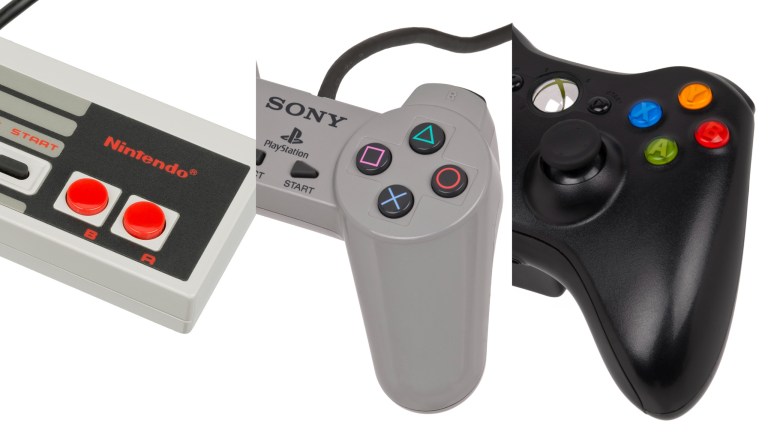
The history of video game consoles is measured by generations. Unlike the often abstract ways that human generations are measured by pre-determined periods of years, console generations are more often measured by obvious advancements that require us to discuss new consoles on slightly different terms. Even still, those discussions often boil down to arguments that can be as emotional as logical.
In those discussions, though, are crucial pieces of conversation if not always truth. When looking at the console generations that have come before, we look back at not just our memories of them but their history and impact on what would follow and how it was all built on what came before. Not every console war has a winner, but the battles they inspire reveal quite a lot about where we’ve been where we are, and where we are going.
Before we dive into our rankings of the console generations so far, here are some things to keep in mind:
– These generations are defined by the most common cut-off periods currently in place. There have long been debates about which generations certain consoles belong to, but we’re working with the most commonly accepted definitions.
– Handheld consoles released during their corresponding generations are included in those generations for the purposes of these rankings. However, PC games and PC gaming devices were not considered in this discussion.
– The current “Ninth Generation” of gaming (the PlayStation 5 and Xbox Series X/S) are not included in these rankings simply because that generation isn’t close to being completed quite yet.
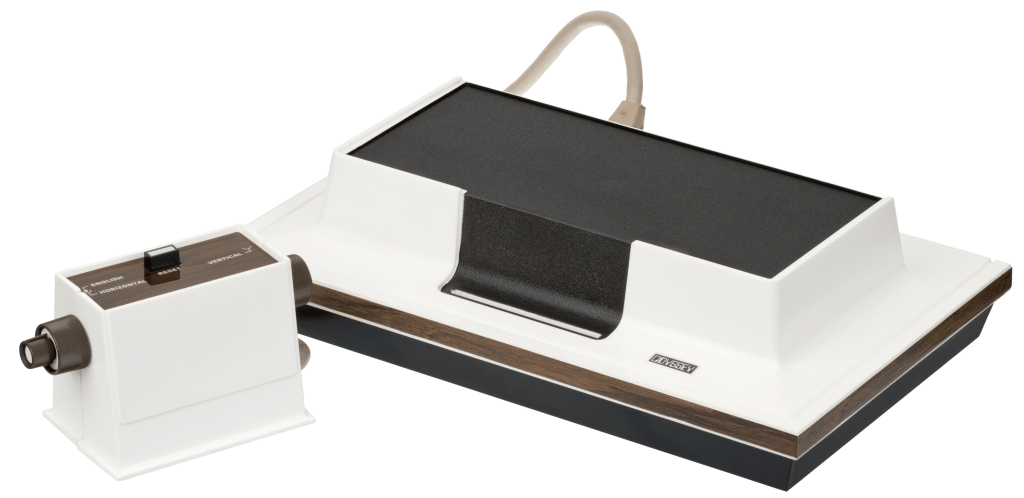
8. First Generation
Notable Consoles: Magnavox Odyssey, Coleco Telstar, Home Pong
The first generation of gaming finds itself at the bottom of this list pretty much by default. While the first true video game consoles were undeniably innovative, the Magnavox Odyssey is, in retrospect, really the only console from this generation that vaguely resembles what home consoles would soon become. Much of the Odyssey’s competition was either largely designed to play variations of one game (such as Atari’s Home Pong) or was otherwise released with multiple models that supported a small collection of built-in games (most notably, the Coleco Telstar series).
Limited hardware capabilities and painfully simple software formed the foundation of an early console game industry that often struggled to find its footing. The idea of playing video games at home was still being treated as a novelty by both electronic companies testing the waters of that emerging market and consumers with modest (or even low) expectations. It was largely the generation defined by variations of Pong, which is a game that neatly summarizes both the historical significance of this time period and how quickly it would be replaced and become outdated.
There are quite a few asterisks you need to attach to this era when discussing it in this particular context. Given what would soon come next, though, it’s hard to imagine anyone arguing that this was anywhere close to being a golden age for home consoles.
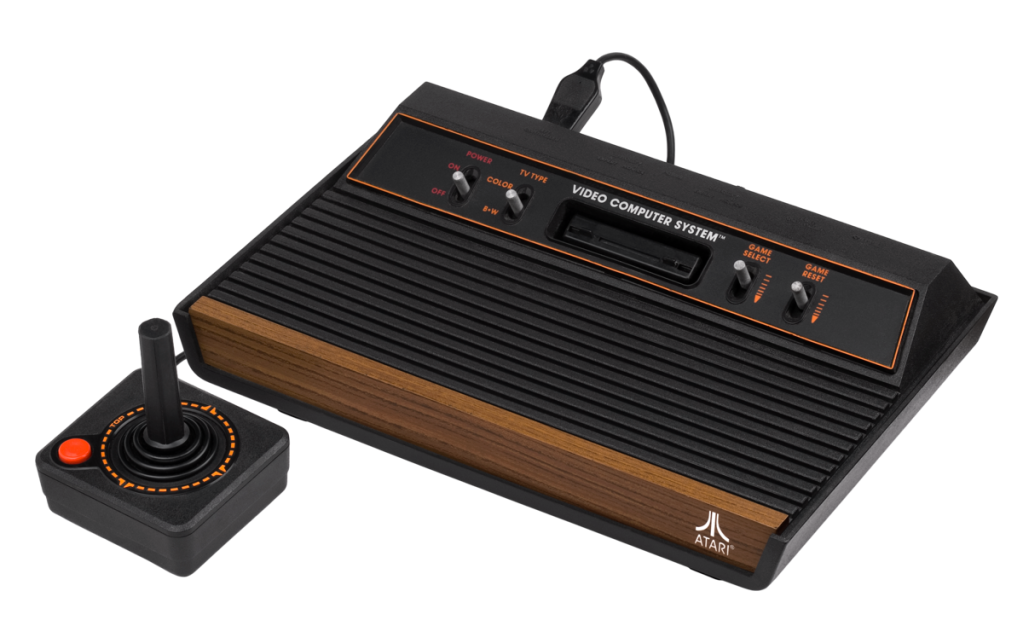
7. Second Generation
Notable Consoles: Atari 2600, Intellivision, ColecoVision
This is another generation that finds itself near the bottom of this list pretty much by default, but the competition is starting to get much more heated than you might think.
The second home console generation was a time of great contrasts. On the one hand, you had the Atari 2600, which formed a blueprint of what a home video game console should be that is still referenced to this day. While the Atari 2600’s refined hardware and diverse library made it a juggernaut with the power to change everything, it faced enough competition (most notably, Intellivision and ColecoVision) to curb the complacency that can sometimes drag a home console generation down.
Console gamers suddenly had options, which meant that manufacturers and developers now needed to put more resources and thought into how to get people to buy their consoles and games. It’s the essence of the entire home gaming concept, and you can trace it back to this time.
Elsewhere, you had Nintendo breaking serious ground in the handheld sector with the Game & Watch series while companies everywhere began to craft more and more accessories that gradually expanded the boundaries of what was possible in the console gaming scene. The growth and innovations during this brief time period were so impressive that they remain difficult to wrap your head around even when viewed through the benefit of hindsight.
Unfortunately, that’s also the biggest problem with this generation. Much of that growth wasn’t regulated by the industry-wide quality standards that home consoles desperately need. By the time the Atari 5200 dropped, consumers everywhere began to realize that the problem didn’t end at objectively terrible games rushed to shelves and companies trying to score a few quick bucks with often broken hardware. By then, standards were so low that even the biggest video game company in the world at that time was either fine phoning it in or simply didn’t know what to do next.
Ultimately, this is the generation that led to the great gaming crash of 1983, even if it also showed us a better way forward in the process.
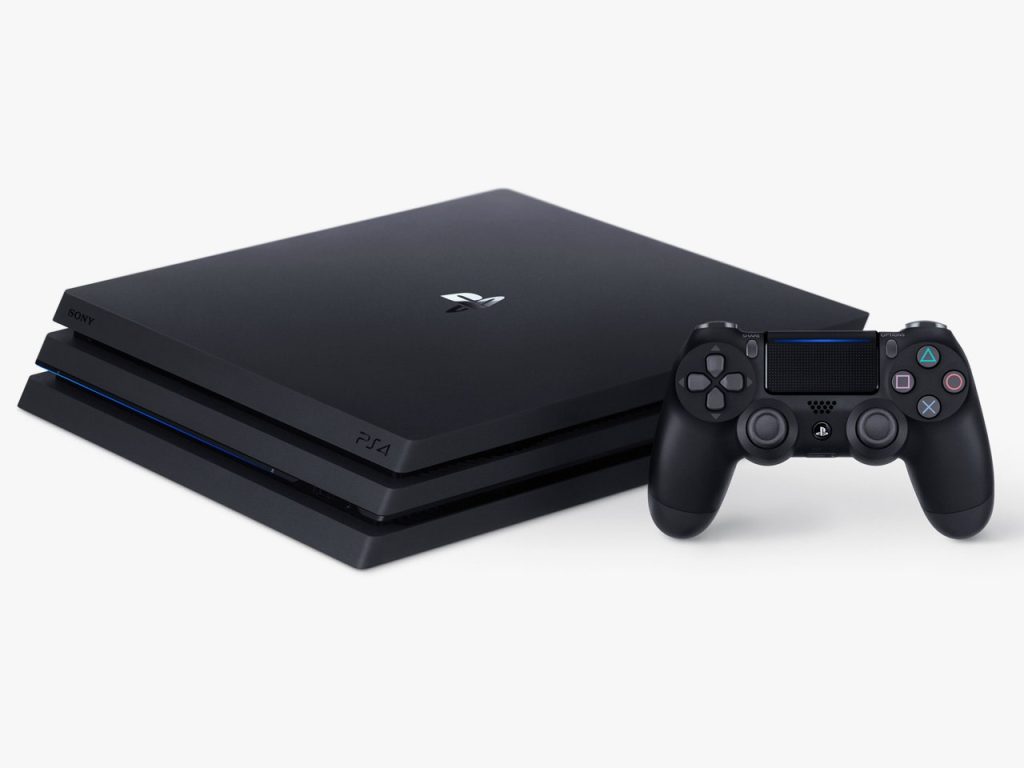
6. Eighth Generation
Notable Consoles: PlayStation 4, Xbox One, Nintendo Wii U
For some, I imagine the suggestion that the most recently completed home console generation is also one of the “worst” home console generations will be taken as an insult to the state of modern gaming. However, this situation isn’t quite so simple as all that.
The Eighth Generation of gaming is filled with games that would achieve blockbuster status while revolutionizing the industry. As gaming continued to reach and surpass previously unfathomable levels of popularity, developers everywhere continued to showcase the benefits of powerful new consoles and decade’s worth of shared knowledge. This is also the era where we really started to see consoles become media centerpieces and quality-of-life/accessibility improvements make it easier for everyone to simply play games.
However, this was an era also defined by some of the worst kinds of microtransactions, increasingly complacent franchise entries, and other Triple-A practices that led to long-term consequences we are just now beginning to fully appreciate. The continued growth of the indie genre helped carve new avenues for varying levels of creators, but this is another case where complacency at the top of the industry threw off the balance of the entire medium.
Ultimately, this generation suffered from serious hardware problems. It was an era dominated by the PlayStation 4, which was a well-made piece of hardware that also initially made a name for itself by not trying anything radically different. Its primary competition, meanwhile, suffered from trying to be just a little too different. The Wii U will undoubtedly go down as one of Nintendo’s biggest flops, while the Xbox One squandered much of the Xbox 360’s progress and put Microsoft on a course that they are still trying to navigate to this day.
The Switch proved to be Nintendo’s exceptional ace in the hole, though its later release and unique “split” generation status highlight the strange ways this console generation arguably lasted too long. The COVID-19 pandemic and the numerous logistical challenges it created forced companies to support Eighth Generation consoles longer than they ever likely intended. While that was theoretically a value proposition for gamers everywhere, the natural limits of those consoles were fully exposed during those later years in ways that also hindered the progress of new hardware.
Things weren’t much better on the handheld front as the 3DS dominated a market the PlayStation Vita failed to make a dent in despite its power, potential, excellent games, and current cult status. As for the 3DS…well, it was a pretty good and fairly successful bit of hardware that ultimately failed to make the most out of its central gimmick and was modified to the point of basically being a better Nintendo DS.
Every generation has its problems, but struggling competition and incremental technological advancements (relative to previous generations) held this era back and forced two of its three biggest players to scramble for answers.
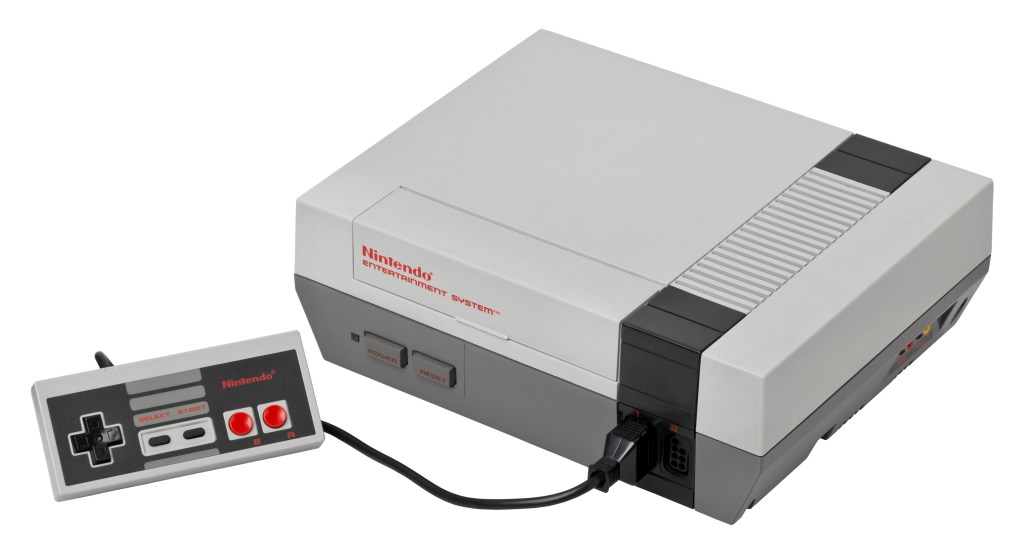
5. Third Generation
Notable Consoles: Nintendo Entertainment System, Sega Master System, Atari 7800
Though it’s a bit unfair to boil console gaming’s third hardware generation down to the Nintendo Entertainment System (Sega’s Master System deserves a lot of love), it’s difficult to imagine how we would have made it to the Fourth Generation of hardware if it wasn’t for the NES/Famicom
The NES did pretty much everything right relative to its time. Nintendo masterfully manufactured a launch strategy for the console that cut through a lot of well-earned cynicism consumers had about home consoles. From there, they oversaw a crucial quality control program that allowed the NES to retain its dignity and suddenly powerful name. It’s not that there weren’t bad NES games (oh, there were many), but rather that Nintendo rode into town and at least brought some order to the largely lawless era of wildly varying software quality.
More importantly, Nintendo and its emerging all-star lineup of publishing partners began to think of console gaming as more than just an arcade-lite experience. Though the NES and Master System supported their share of notable arcade ports (the Master System really shined in that area), more and more studios were beginning to explore design concepts that utilized the advantages of gaming at home rather than compensated for the disadvantages of less powerful hardware. Platformers, RPGs, and more narrative-driven gaming experiences began to make serious headway on the console scene during this time which saw more people treat video game consoles as a destination rather than a novelty attraction.
As is the case with many of these lower-ranked generations, though, the Third Generation of console gaming suffered from a lack of overall competition. The Atari 7800 was a disaster, and consoles like the Action Max, PV-1000, and Commodore 64 Games System were either quite bad or simply failed to make an impact. There wasn’t even really a notable handheld gaming scene during this time outside of the remnants of prior hardware releases (the Game Boy technically belongs to the next generation of gaming). This was also very much a “figuring things out” generation, which was sometimes a great or terrible thing but was often a mix of both.
So while this generation wasn’t technically as robust as many that would follow, it was a time of hope and enjoyable innovation that left the industry in an objectively better place than it was at the start of this generation. That’s not something you always get to say at the end of a console era.
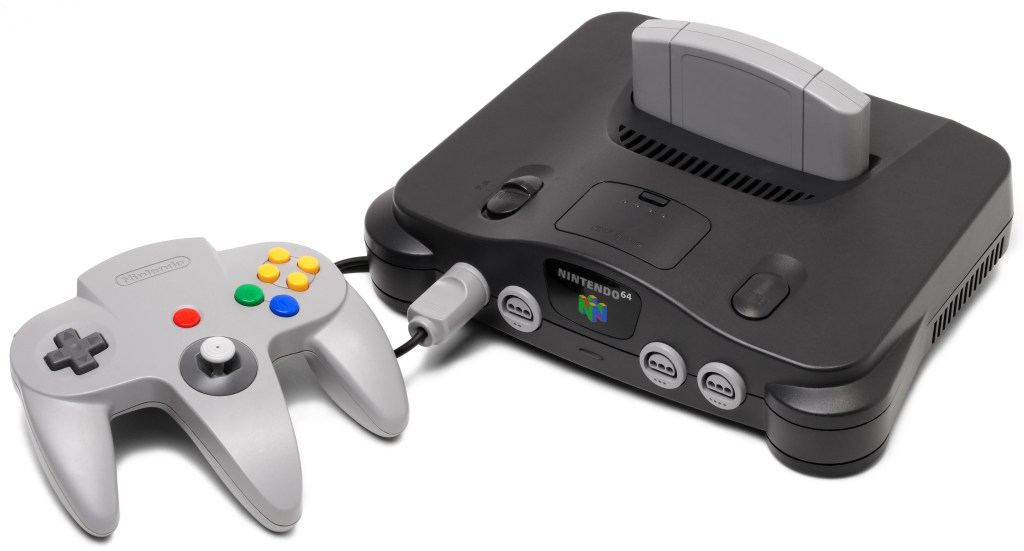
4. Fifth Generation
Notable Consoles: Nintendo 64, PlayStation One, Sega Saturn
Deciding between the next two generations proved to be a surprisingly difficult task. In case you’re wondering, this generation was ultimately held back ever so slightly by a somewhat stagnant handheld gaming scene and some early struggles to figure out emerging technology (most notably the rise of 3D gaming) that led to some…unfortunate results.
However, hearing “PlayStation One vs. Nintendo 64” is enough to get gamers of a certain age basking in memories of a glorious age gone by. It’s not just the fact that the N64 and PS1 gifted us with so many games still considered to be among the very best ever made. No, what made those two consoles so special is that they largely aimed to offer such wildly different experiences.
The N64 was often the home of ambitious true 3D titles that controlled like a dream (relative to everything that had come before) and often offered local multiplayer experiences that forged irreplaceable memories for those who experienced them. The PS1, meanwhile, forever raised the bar for cinematic presentation in console games (especially its RPGS) while pushing technological innovations that would reshape the industry. Gaming became so much more than anyone dared to dream it could be. Console wars can be a silly thing, but they should ideally be started by multiple platforms offering distinct and equally worthwhile experiences. That’s exactly what the N64 and PS1 provided.
Honestly, even the Sega Saturn was a pretty good third console that ran into a few too many external and internal challenges it just couldn’t keep rising above. The Jaguar, 3DO, and 32X were certainly hot messes, though increasingly savvy gamers largely ignored them in favor of the worthwhile competition.
As noted above, though, the only quality handheld release we got during this time was the Game Boy Color which was…well, the Game Boy but with color visuals. Its library was strong, but that’s largely because it supported the OG Game Boy library. The Genesis Nomad and Neo Geo Pocket were more interesting than great, and the Virtual Boy…moving on.
This was a generation of rapid evolution that often delivered the kinds of experiences that are not just fondly remembered to this day but are still used as reference points for how games should look, play, and make us feel.
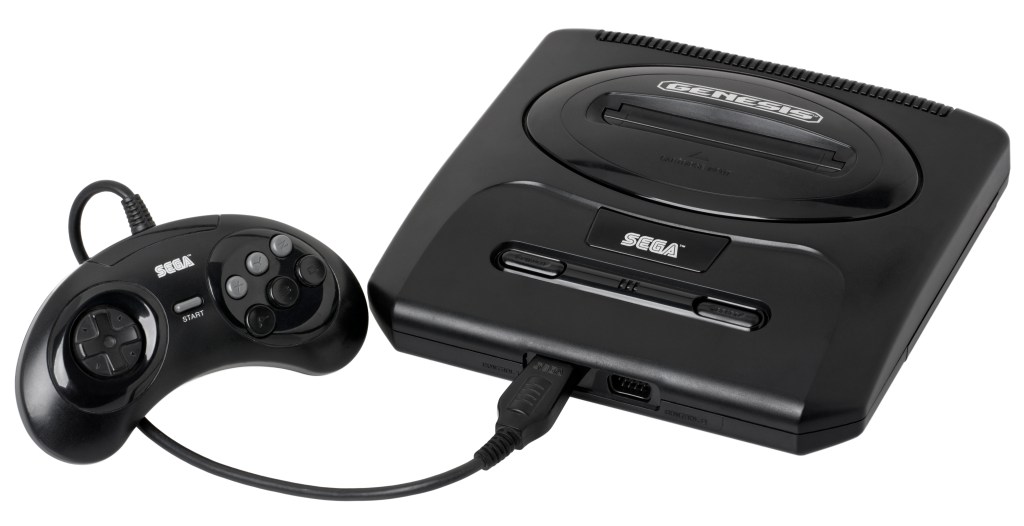
3. Fourth Generation
Notable Consoles: Super Nintendo, Sega Genesis, Nintendo Game Boy
The final three generations on this list are magical times in gaming that could have easily occupied the top spot. They’re separated by mere degrees and deserve nothing but admiration and respect.
As the oldest of those three generations, the Fourth Generation of gaming has historically received the most of those accolades. When many people think of console generations or console wars, they probably think of the Super Nintendo vs. Sega Genesis battle that changed the industry and the way that people looked at video games. There was real competition on the console scene for the first time, and gamers everywhere debated which console was the very best. It’s a debate that rages on to this day.
Think about the significance of that longevity for a second. Yes, the entire console war concept is sometimes the root of many evils. However, it’s a war that gamers everywhere are ultimately supposed to win. That’s what we saw with the Fourth Generation. Perhaps you could look back at one console and say that it was the better one for you. For many, though, there were just too many great (and often distinct) games being released for each console for them to ever definitely say one was the clear winner.
More importantly, our ability to access many of those games in the modern age confirms how special many of them were and still are. Everyone was trying to outdo everyone else during this time, and studios were learning a remarkable amount of new tricks on the fly. Some genres were being perfected and others were being created. Haymakers were being thrown as liberally as jabs, and many of the most celebrated games of this era (and many more that flew painfully under the radar) still pack a punch to this day.
As if that wasn’t enough, the Nintendo Game Boy officially joined the party during this generation and began making a pretty compelling argument for its sometimes overlooked status as arguably the greatest gaming device ever made. Granted, the Game Gear wasn’t quite able to match its success, but it still provided a necessary counterpoint that kept Nintendo honest. Even the Atari Lynx wasn’t quite as bad as it’s sometimes made out to be. For that matter, even the SNES and Genesis’ main competitors (the TurboGrafx-16 and Neo Geo) were actually pretty good pieces of hardware that struggled for reasons other than their libraries.
If the previous generation showed that console gaming still had a pulse, this generation saw the entire concept leap out of bed and dance a jig Grandpa Joe-style. Console gaming was thriving rather than surviving, and the best was yet to come.
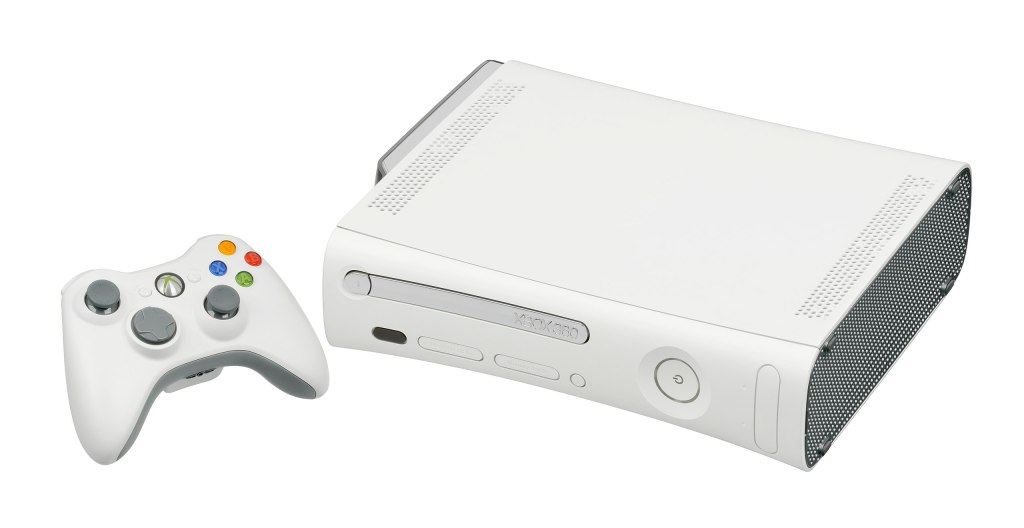
2. Seventh Generation
Notable Consoles: Xbox 360, PlayStation 3, Nintendo Wii, Nintendo DS
Expectations were high coming out of gaming’s sixth generation (more on that in a bit). With every major console manufacturer riding an all-time high and both new and legacy studios producing some of their best work ever, gamers everywhere came to expect the very best but logically wondered how gaming could possibly get better from there.
That’s what’s amazing about the Seventh Generation of gaming. It didn’t just often exceed those expectations but did so in ways that few could have ever seen coming.
The Nintendo Wii is the most obvious example of such a surprise. Following the commercial struggles of the GameCube, Nintendo pivoted as hard as any console manufacturer has pivoted and released a motion-controlled video game console that (*checks notes*) instantly appealed to the masses and really exemplified a phrase that came to define this generation: everyone is a gamer. You could certainly argue that the Wii outlasted its novelty, but the thrill of watching Grandma play bowling and the console’s greatest games (Super Mario Galaxy, The Legend of Zelda: Skyward Sword, Super Smash Bros. Brawl) are experiences that should not casually be dismissed.
Yet, that element of surprise most certainly applies to the Xbox 360 as well. Xbox’s best console to date may have suffered from the “Red Rings of Death” that certainly impacted its legacy, but it was a revelation that started a revolution in nearly every other respect. From its UI and digital marketplace to its advanced (yet accessible) online capabilities and backward compatibility functionality, the Xbox 360 offered things that are now expected from a console that felt positively mind-blowing back then.
As for the PlayStation 3…ok, it’s widely considered to be Sony’s worst console ever. At the very least, the PlayStation 3 got off to an abysmal start. Still, it recovered in the end and proved to be a formidable piece of hardware. Sony’s slight slip in this generation also allowed Nintendo and Microsoft to make the sales race as interesting as it had been since the SNES vs. Genesis battle.
This was also almost certainly the best generation for handheld gaming. While the Nintendo DS was off setting sales records and proving it was the true Game Boy successor that fans had waited for, Sony made a surprising splash with the formidable PSP. This is one of the only true handheld hardware wars we’ve had from a pure sales perspective (as well as the quality of the devices themselves), and it delivered all the great games that similarly competitive home hardware wars have delivered in the past.
And that’s really what the greatness of this generation will ultimately be measured by: the games. If this wasn’t the absolute best generation for games in the history of the industry, it is certainly in the conversation for that argument. Listing even some of them here feels daunting and disrespectful to the ones left off, but this was a generation where emerging new franchises and the best entries in legacy franchises regularly competed with smaller titles making a name for themselves. Take a look at the game of the year races between 2006 and 2013 and tell me how many obvious winners you can spot. Though some modern industry ugliness started to emerge around this time, this era still gave us some of the best DLC expansions ever.
Given the changes in the industry that have occurred since this time, it’s unlikely we’ll ever see another video game generation quite like this one. That doesn’t mean future generations can’t be great in their own ways, but rather that the diversity of quality hardware with unique identities (and the equally inventive games they supported) were the result of a variety of factors not easily replicated.
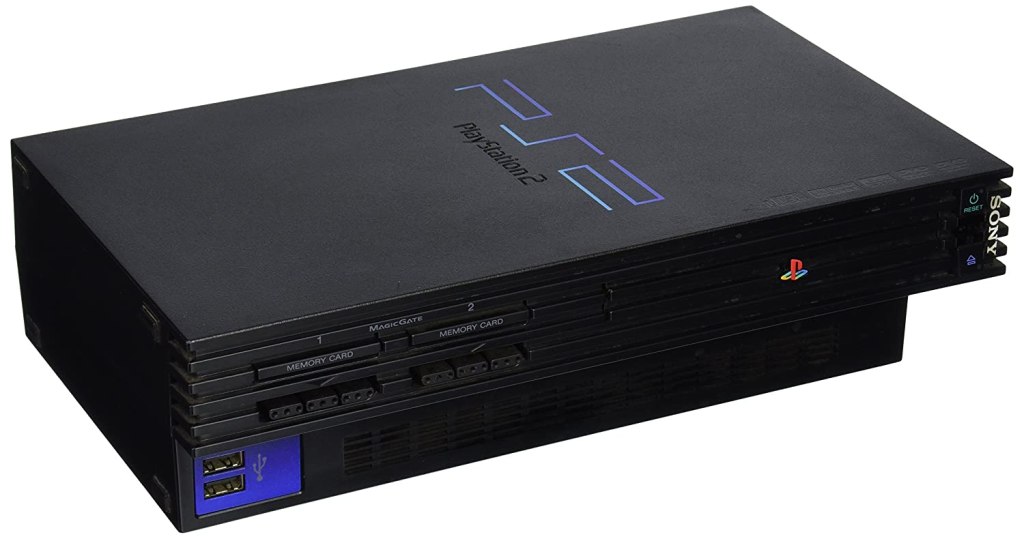
1. Sixth Generation
Notable Consoles: Sega Dreamcast, Nintendo GameCube, Microsoft Xbox, Sony PlayStation 2
The Sixth Generation began with the release of the Sega Dreamcast. The worst-performing of the major home consoles of this generation by some distance, the Dreamcast is nevertheless fondly remembered for its stellar library and numerous innovations. At a different time, it could have been the console that turned Sega’s hardware fortunes around. Unfortunately, the competition proved to be too significant.
In some ways, the Dreamcast defines this particular generation of gaming. It was the clear sales loser of this generation’s major consoles, yet it is often ranked surprisingly high among the very best consoles ever made. It perfectly (if tragically) represents the creativity and competition that made this era so special.
Sony’s PlayStation 2, Nintendo’s GameCube, and Microsoft’s Xbox wasted little time kicking off one of the most competitive three-way hardware sales races in video game history. Yes, the PlayStation 2 won that race by a considerable distance (it will likely forever remain the best-selling video game console ever), but each console offered something so distinct that the temptation to own all of them became overwhelming (and necessary to experience the very best games).
Microsoft’s long-awaited entry into the home console market not only instantly gifted us with Halo: Combat Evolved (perhaps the most significant launch game ever) but gradually brought genres and concepts formerly limited to the PC gaming scene to console players everywhere. That approach gave console gamers experiences like The Elder Scrolls III: Morrowind and Knights of the Old Republic and helped usher in the era of viable online gaming for consoles (a movement the Dreamcast kicked off at the start of the generation). The Xbox offered a powerful, innovative, and fundamentally cool alternative to the PS2 that disrupted the industry as few new consoles ever have.
Nintendo’s GameCube will go down as a sales disappointment, but you’ll have a hard time convincing those who owned one that it is anything less than one of Nintendo’s best consoles. The GameCube’s stellar library not only featured some of the best entries in Nintendo’s legacy franchises but some of those franchise’s boldest entries as well. Games like The Wind Waker and Metroid Prime ruffled some feathers at their time but are now widely considered to be masterpieces. Then you had games like Resident Evil 4, Super Smash Bros. Melee, and Animal Crossing making it nearly impossible to avoid the temptation to buy the “third place” console. For all their questionable business and design decisions, Nintendo did everything they could to make the GameCube’s library as stellar as possible.
And what more can you say about the PlayStation 2? Along with being the best-selling console ever, it may just be the greatest console ever made. The PlayStation 2’s record sales can certainly be partially attributed to the value of its DVD player, but it was the console’s historically diverse array of all-time great games that raised it to such great heights. We’re talking about the console that gave us Grand Theft Auto: San Andreas, Shadow of the Colossus, Gran Turismo 4, Guitar Hero, Metal Gear Solid 3: Snake Eater, and God of War not within its lifetime but within less than a calendar year.
Though things were comparatively quieter for handheld consoles, the Game Boy Advance certainly left an impression during its surprisingly brief run. The WanderSwan also enjoyed a wider release than it ever got, and while the Nintendo DS and PSP are technically part of the next generation, they were released at a time when the PS2, Xbox, and GameCube were still going strong.
I’ve referenced things like “potential” and “promise” throughout this article as ways to help measure the significance of a console generation. While there was quite a bit of that during the 6th generation, it also felt like the culmination of the ideas, advancements, and underlying sense of hope that previous generations established and which future generations would liberally draw from. In terms of the quality and quantity of games, the creative competition between hardware, and the quality of life options that were becoming standard, it really was the best time to be a console gamer.
